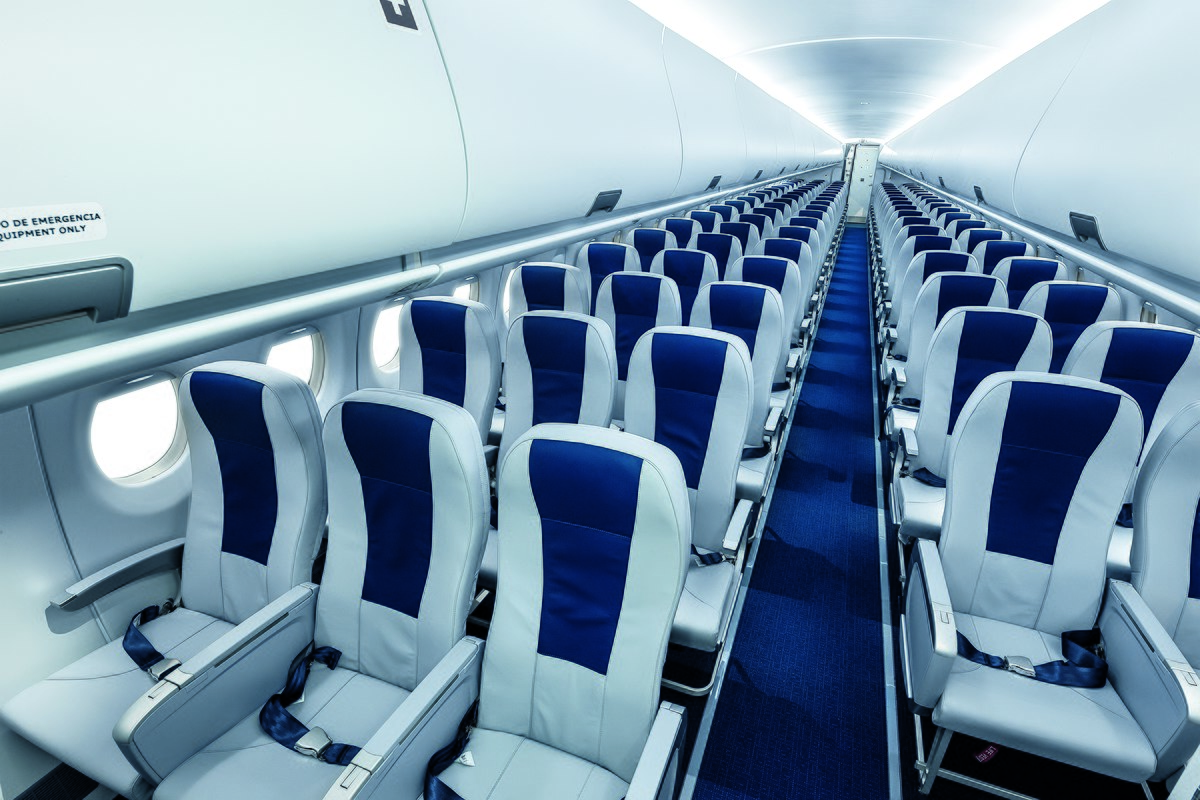Table of Contents
- Introduction
- The Aeroplane Door: A Marvel of Engineering
- 2.1 The Anatomy of an Aeroplane Door
- 2.2 The Materials Used
- 2.3 Safety Regulations and Standards
- Unlocking the Door: The Captain’s Responsibility
- Cabin Crew’s Role: Passengers’ Safety First
- Emergency Exit Doors: Your Lifeline in Crisis
- The Complexity of Pressurization
- Security Measures: Preventing Unauthorized Access
- The Psychology Behind the Chime
- The Emergency Slide: A Rapid Exit
- Conclusion
1. Introduction
The aeroplane door is more than just a barrier between you and the sky; it’s a meticulously designed and engineered piece of equipment that plays a crucial role in your safety during a flight. In this article, we’ll explore the various aspects of aeroplane doors, from their construction to the procedures involved in operating them.

2. The Aeroplane Door: A Marvel of Engineering
2.1 The Anatomy of an Aeroplane Door
Aeroplane doors are not your typical entryways. They are designed to withstand extreme conditions, such as rapid changes in air pressure and temperature. These doors consist of multiple layers, including an outer shell, an airtight seal, and an inner lining.
2.2 The Materials Used
To ensure durability and safety, aeroplane doors are primarily constructed from lightweight yet strong materials such as aluminum alloys and composite materials. These materials help maintain the structural integrity of the door.
2.3 Safety Regulations and Standards
Aeroplane doors are subject to rigorous safety regulations and standards set by aviation authorities worldwide. These standards dictate everything from the door’s size to its operation mechanisms, ensuring uniformity and safety across all aircraft.
3. Unlocking the Door: The Captain’s Responsibility
Unlocking and opening the aeroplane door is a task reserved for the captain or first officer. It’s a responsibility they take seriously, and they are trained extensively on the procedures involved.
4. Cabin Crew’s Role: Passengers’ Safety First
Cabin crew members are the unsung heroes of your flight. They are responsible for assisting passengers in case of emergencies, and this includes managing the aeroplane door during boarding, mid-flight, and disembarkation.
5. Emergency Exit Doors: Your Lifeline in Crisis
Emergency exit doors are strategically placed throughout the cabin. Understanding how they work can be crucial in the event of an emergency evacuation. We’ll delve into the mechanics of these doors and how they are operated.
6. The Complexity of Pressurization
Aeroplanes maintain a controlled cabin pressure to ensure passengers’ comfort and safety at high altitudes. We’ll explore how the aeroplane door plays a pivotal role in maintaining this pressurization.
7. Security Measures: Preventing Unauthorized Access
Security is paramount in aviation. Learn how aeroplane doors are designed to prevent unauthorized access, ensuring the safety and security of everyone on board.

8. The Psychology Behind the Chime
That distinctive chime you hear during the flight has a purpose. Discover how it relates to the aeroplane door and passenger safety.
9. The Emergency Slide: A Rapid Exit
In emergency situations, the aeroplane door becomes an exit slide. We’ll explain how this rapid evacuation system works and why it’s crucial in life-threatening scenarios.
10. Conclusion
In conclusion, the aeroplane door is far more than just an entry or exit point; it’s a complex piece of engineering designed to keep passengers safe and secure. Understanding its inner workings can help alleviate any apprehensions about air travel and enhance your appreciation for the marvels of modern aviation.

5 Unique FAQs
1. How is an aeroplane door different from a regular door?
- Aeroplane doors are designed to withstand extreme conditions, such as rapid changes in air pressure and temperature, making them significantly different from regular doors.
2. Can cabin crew open the aeroplane door during a flight?
- No, cabin crew cannot open the aeroplane door during a flight. It requires the intervention of the flight crew.
3. Are all aeroplane doors the same size?
- No, the size of aeroplane doors can vary depending on the aircraft type and model.
4. Why is there a distinct chime during the flight?
- The chime serves as a signal to the cabin crew, often related to the aeroplane door and safety procedures.
5. How do emergency exit doors work, and when are they used?
- Emergency exit doors are designed for rapid evacuation during emergencies. They open differently from regular doors and are used when instructed by the cabin crew.


